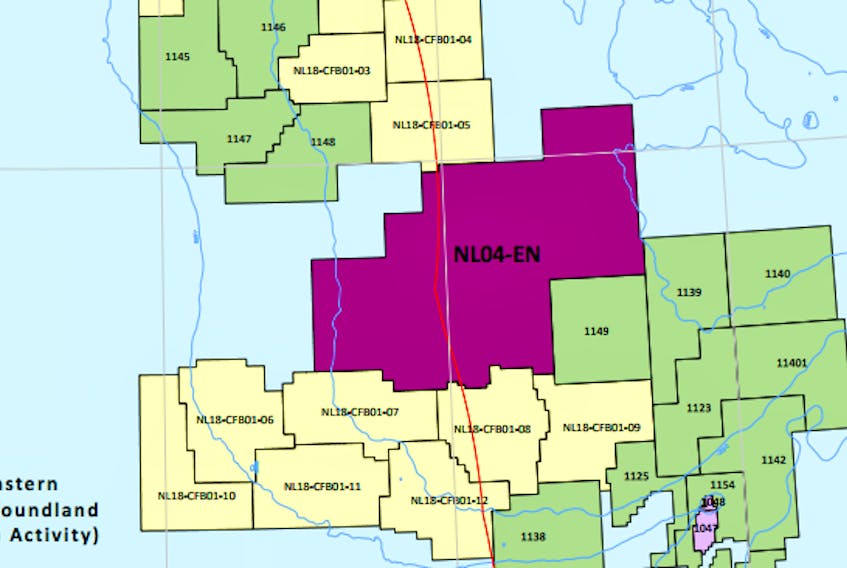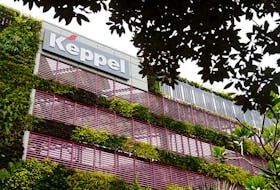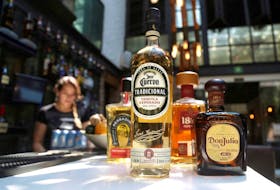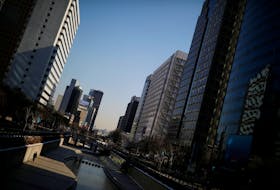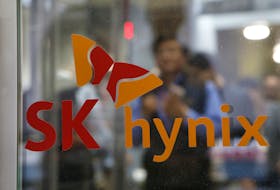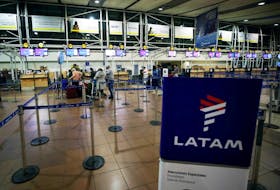The Canada-Newfoundland and Labrador Offshore Petroleum Board (C-NLOPB) is trying to gauge interest in a 1.5-million-hectare area in the Eastern Newfoundland Region of the province’s offshore.
The region — NL04-EN — is located north of the Flemish Pass and south of the West Orphan Basin, two areas where exploration licenses have already been awarded.
The C-NLOPB will issue a call for nominations next summer and use that information to design parcels for a call for bids in early 2020, a process that will close in November. Licences will be awarded to successful bidders in early 2021.
Related story:
CNLOPB issues call for exploration and production licence bids in two regions
In its scheduled land tenure announcement, the C-NLOPB notes that the region overlaps two fisheries closure areas — the Northeast Newfoundland Slope Marine Refuge and the Orphan Knoll Seamount — in a “limited manner.”
In a presentation to the Fisheries and Oceans Canada’s national advisory panel on marine protected area standards, the board, “noted that a fisheries protected area need not be off limits to human activity, provided that the conservation objectives of that area are respected, and that proper oversight, monitoring and post-activity assessment can demonstrate that this is so.
“Extensive monitoring and assessment, both during and after oil and gas activity occurs, has demonstrated that industry activity can and does occur in an environmentally responsible way.”
The Fish Food and Allied Workers union (FFAW-Unifor) was critical of the announcement, suggesting that the federal government is allowing oil and gas companies to operate in a marine refuge area where harvesters are shut out.
“Oil, gas and seismic activity is continuing completely unrestricted in these supposed protected areas,” FFAW-Unifor president Keith Sullivan said in a release. “This is understandably frustrating for harvesters who have given up considerable fishing grounds in the name of conservation.”
Sullivan says as the provincial government moves forward with Advance 2030 — an ambitious plan to have over 100 new exploration wells and production of over 650,000 barrels of oil equivalent per day in the next 12 years — it’s essential that fish harvesters be consulted before the bidding round starts.
“Both levels of government have shown a clear disregard for the interests of fish harvesters and coastal communities by prioritizing oil and gas over the fishing industry and conservation efforts,” Sullivan stated. “It’s time for the government to stop shutting harvesters out while letting oil and gas in.”
Twitter: kennoliver79

